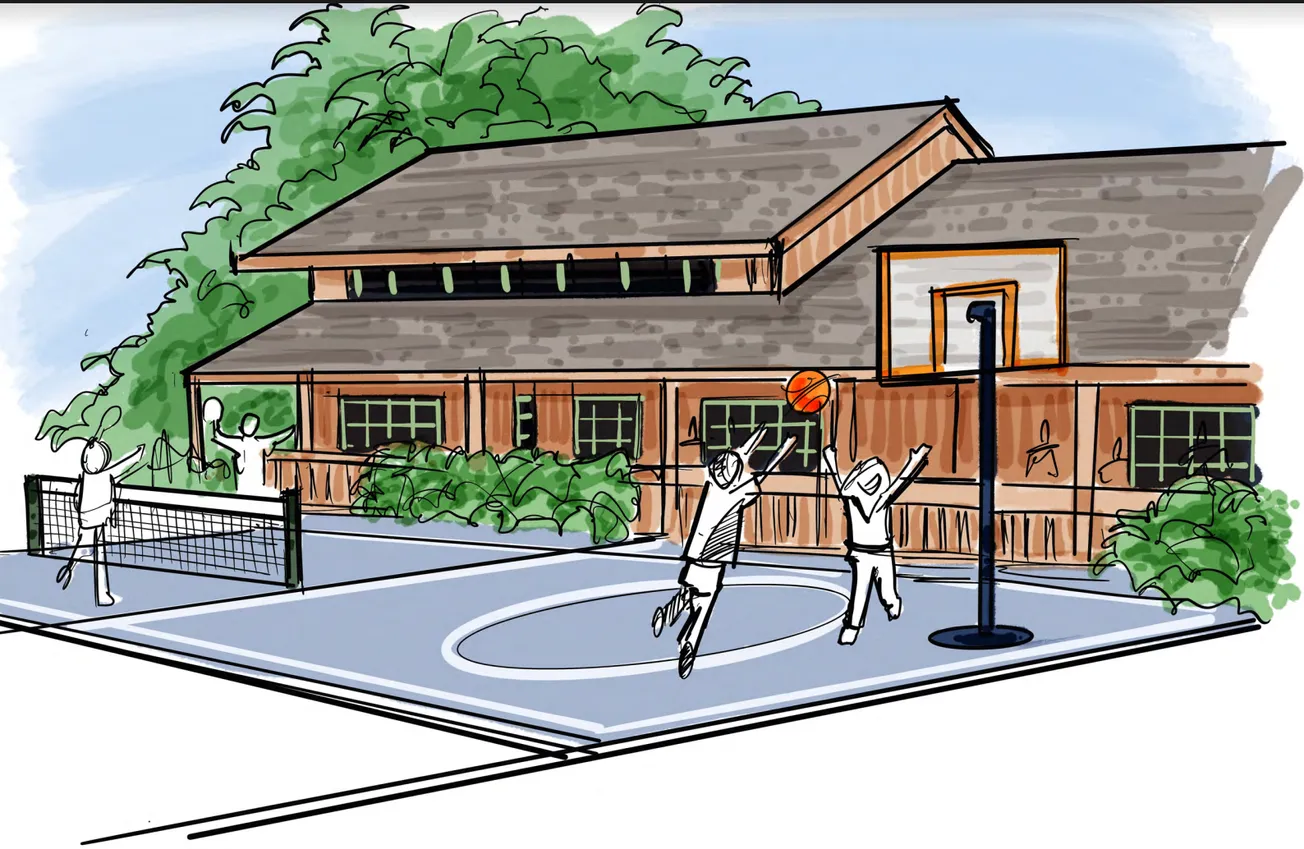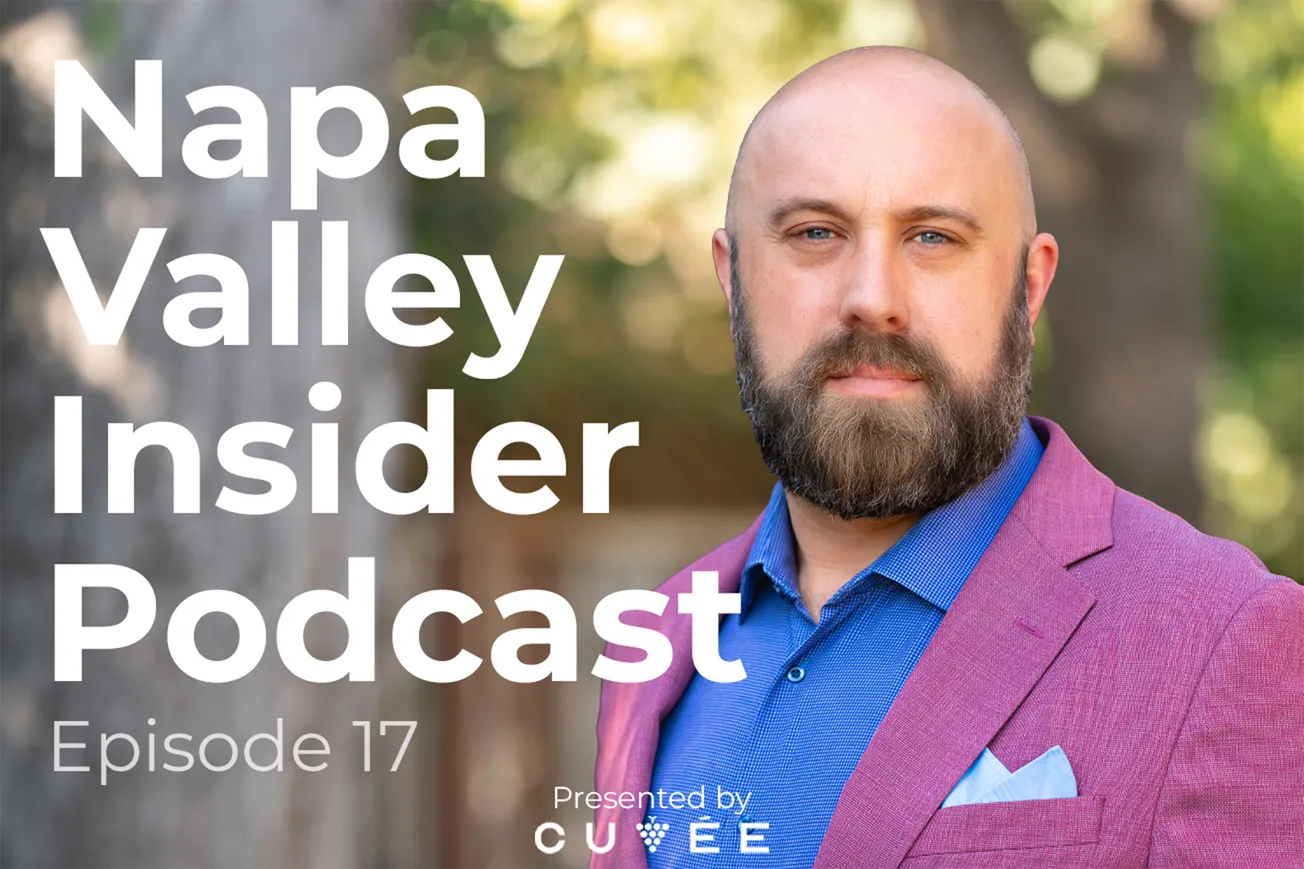CALISTOGA – OLE Health, which serves one in three residents through its Calistoga medical clinic, could begin its Lincoln Avenue expansion as early as next year, a spokesperson for the non-profit healthcare agency said last week.
Having outgrown its 40-year-old Washington Street modular unit, OLE Health, which merged with CommuniCare Health Centers in October, plans to build a new 11,000-square-foot health center near the intersection of Lincoln Avenue and Silverado Trail.
The 2.9-acre undeveloped property was purchased by the company last June, according to county records. In addition to expanding healthcare services at the Lincoln Avenue location, OLE Health CEO Alicia Hardy said the agency might also explore the possibility of constructing low-income housing on the site after the new health center is built.
When the non-profit was considering buying the vacant lot, Hardy wrote in
an email, officials learned that the property could also be used to develop low-income housing. “Because of this, we wanted to find a way to design this much-needed health center that would leave future options available for housing,” she said. “Fortunately, we can design a configuration on the property that locates the health center on a portion of the site and have space left over that could accommodate housing.”
According to a staff report from last week’s city council meeting, roughly one acre of the land OLE purchased has been listed in the city’s Housing Element as one of three parcels that could accommodate housing without being rezoned, as long as
at least 20 percent of the units built are income-restricted.

Planning and Building director Greg Desmond, who started the job in Calistoga just this month, confirmed this week that OLE Health has not submitted formal plans to the city for either the health center or for a housing project.
While no formal plans are yet on file, OLE Health officials said they informed the city early on that they were open to collaborating with the community and developers to add housing once the health center is operational, Hardy said.
OLE Health is the second-largest healthcare provider in Napa County, offering services to all, including those unable to pay.
The company has reported that four out of five patients earn $53,000 a year or less in household income.
The St. Helena and Calistoga clinics combined serve more than half of the upvalley population, including Yountville. As of last month, Hardy said, roughly
90 people are on a waiting list to become dental patients at the Calistoga OLE Health clinic.
Expanding the size of the Calistoga clinic is crucial to providing better patient care locally, Hardy said. The existing space is simply too small to fully function as a comprehensive clinic.
“While we offer medical, prenatal and dental services at our Calistoga location, we are limited with space in that facility,” Hardy said. “So, we cannot regularly offer many of our other services, like in-person behavioral health appointments, nutrition counseling, pharmacy, lab services, enrollment assistance and more.”
She added, “Sometimes patients must travel to Napa to receive services more quickly.”'
As things stand, only one medical provider can be on-site at a time when “they really need three,” Hardy noted. On days when they offer prenatal care with a midwife, family medicine providers have no space to work or see patients and
cannot be on-site. Staff either work from the St. Helena OLE office or see patients via telehealth.
When seeing patients, “staff will often rotate schedules or find other creative solutions to make the space work,” Hardy said. “We are so tight on space that no dedicated staff areas exist. We don’t have a functional break room, meeting room or even adequate desk space.”

Despite working out of what is essentially a “double-wide” trailer, Calistoga’s OLE clinic is the agency’s best-performing site for controlling high blood pressure, according to Hardy. This is significant, as high blood pressure, often referred to as a ‘silent threat’ or ‘killer,’ disproportionately affects low-income communities, according to the National Library of Medicine.
Three out of four OLE patients live at or below the federal poverty level.
The OLE Health clinic in Calistoga has one of three dental offices in the city and is the only option for individuals on Medi-Cal and Denti-Cal or those without insurance, said Hardy.
“There is a severe lack of access to primary care services upvalley,” Hardy added.
The clinic serves more than 4,000 farmworkers and their families, a recall to its origins as a community health care initiative founded by local vineyard workers.
In the early 1970s, Placido Garcia, Hope Lugo, Aurelio Hurtado and Luis Flores approached Organización Latino Americana de Liberación Económica (O.L.L.E.)
with the idea of having a clinic for farmworkers and those who were uninsured or simply could not afford mainstream medical services.
The idea bloomed under the direction of OLE’s first director, Tala DeWynter. At one point, the clinic was serviced primarily by medical volunteers.
OLE Health reports that 40 percent of Napa County residents, along with one out of every three children, access medical care through its services.









